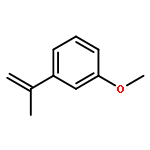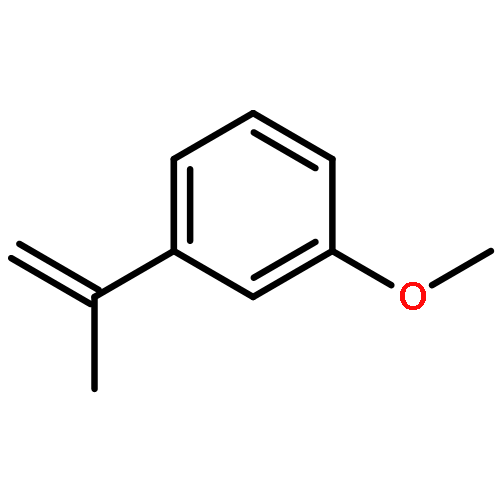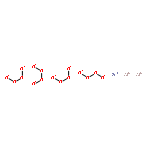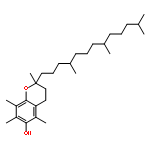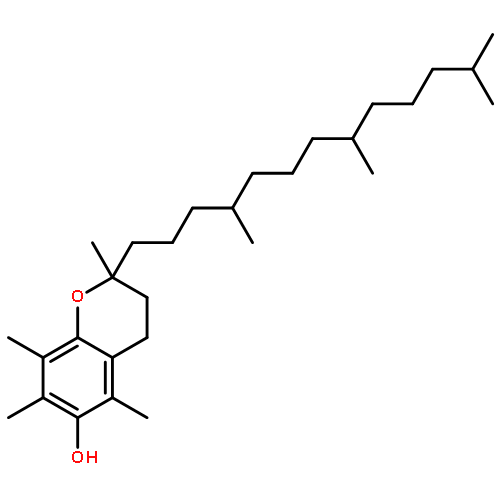Co-reporter:Jiwen Yuan, Jing Wang, Guanghui Zhang, Chao Liu, Xiaotian Qi, Yu Lan, Jeffrey T. Miller, A. Jeremy Kropf, Emilio E. Bunel and Aiwen Lei
Chemical Communications 2015 vol. 51(Issue 3) pp:576-579
Publication Date(Web):03 Nov 2014
DOI:10.1039/C4CC08152H
A mechanistic study on the zinc-promoted coupling between aldehydes and terminal alkynes via nucleophilic addition/Oppenauer oxidation using operando IR, XANES/EXAFS techniques and DFT calculations was demonstrated. It was determined that a bimetallic zinc complex was the active species.
Co-reporter:Juan Song, Fuliang Wei, Wei Sun, Ke Li, Yanan Tian, Chao Liu, Yali Li, and Linghai Xie
Organic Letters 2015 Volume 17(Issue 9) pp:2106-2109
Publication Date(Web):April 20, 2015
DOI:10.1021/acs.orglett.5b00680
A new route to various substituted fluoren-9-ones has been developed via an efficient Pd-catalyzed carbonylative multiple C–C bond formation. Under a CO atmosphere, using commercially available aryl halides and arylboronic acids as substrates, this three-component reaction proceeded smoothly in moderate to excellent yields with good functional-group compatibility. The mechanistic investigations suggested a sequential process for the reaction that forms o-bromobiaryls in the first stage followed by a cyclocarbonylation reaction. This chemistry has been successfully extended to construct ladder-type oligo-p-phenylene cores.
Co-reporter:Jie Liu;Heng Zhang;Hong Yi;Aiwen Lei
Science China Chemistry 2015 Volume 58( Issue 8) pp:1323-1328
Publication Date(Web):2015 August
DOI:10.1007/s11426-015-5381-2
Using 2,3-dichloro-5,6-dicyano-p-benzoquinone (DDQ) as the oxidant, we communicate an efficient oxidative C-N coupling of benzylic C-H bonds with amides to afford a series of amination products in good yields. A wide range of functional groups as well as various sulfonamides and carboxamides are well tolerated. Moreover, this reaction involves both the challenging C-H functionalization and C-N bond formation.
Co-reporter:Guoting Zhang, Hong Yi, Hong Chen, Changliang Bian, Chao Liu, and Aiwen Lei
Organic Letters 2014 Volume 16(Issue 23) pp:6156-6159
Publication Date(Web):November 19, 2014
DOI:10.1021/ol503015b
A facile base-promoted sulfur-centered radical generation mode and a single-step protocol for the synthesis of thiophene derivatives using 1,3-diynes via the interaction between elemental sulfur and NaOtBu has been reported. EPR experiments revealed that the trisulfur radical anion acts as a key intermediate of this process. A plausible mechanism has been proposed.
Co-reporter:Jiwen Yuan, Jing Wang, Guanghui Zhang, Chao Liu, Xiaotian Qi, Yu Lan, Jeffrey T. Miller, A. Jeremy Kropf, Emilio E. Bunel and Aiwen Lei
Chemical Communications 2015 - vol. 51(Issue 3) pp:NaN579-579
Publication Date(Web):2014/11/03
DOI:10.1039/C4CC08152H
A mechanistic study on the zinc-promoted coupling between aldehydes and terminal alkynes via nucleophilic addition/Oppenauer oxidation using operando IR, XANES/EXAFS techniques and DFT calculations was demonstrated. It was determined that a bimetallic zinc complex was the active species.
Co-reporter:Juan Song, Fuliang Wei, Wei Sun, Xiao Cao, Chao Liu, Linghai Xie and Wei Huang
Inorganic Chemistry Frontiers 2014 - vol. 1(Issue 7) pp:NaN820-820
Publication Date(Web):2014/07/15
DOI:10.1039/C4QO00167B
Thiophene, as one of the most common structural units in functional organic materials, was efficiently installed into π-conjugated systems via a simple, ligand-free Suzuki coupling. The reaction proceeded with high efficiency and good functional-group compatibility while requiring 0.02 mol% of palladium catalyst.


